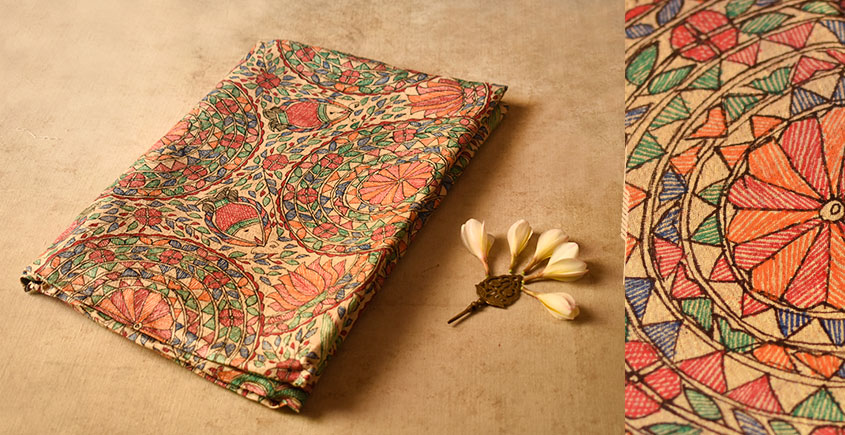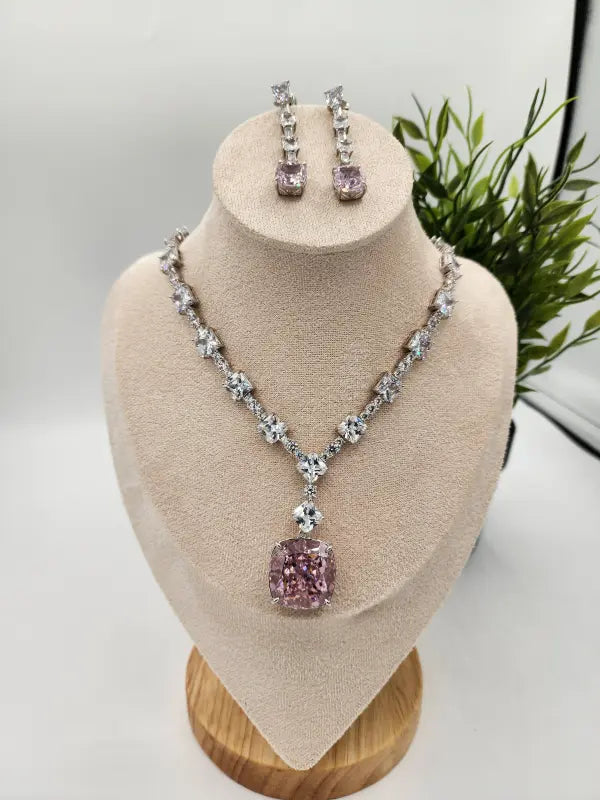India is a land brimming with diverse cultures and traditions, each with its unique artistic expression. Among the many art forms that have flourished in this culturally rich nation, Madhubani painting stands out for its intricate designs and vibrant colors. Originating from the Mithila region, which encompasses parts of present-day Bihar in India and Nepal, Madhubani paintings are a testament to the region’s rich artistic heritage.
Origins and Discovery of Madhubani Art
Madhubani painting, also known as Mithila art, has its roots deeply embedded in the Mithila region. The origin of this art form dates back around 2500 years, making it one of the oldest forms of painting in India. Initially, Madhubani paintings were created on the walls of homes, known as “bhitti chitra” or wall paintings, to mark auspicious occasions such as weddings and festivals.
The world beyond Mithila came to know about Madhubani paintings during a massive earthquake that struck Bihar in 1934. As British colonial officer William G. Archer surveyed the damage in the Madhubani district, he stumbled upon these mesmerizing paintings adorning the walls of local homes. This discovery brought the art form to the attention of the broader public, leading to its preservation and eventual recognition as a significant cultural artifact.
The Mythological Roots: A Connection to the Ramayana

According to local legend, the origin of Madhubani painting is as old as the Indian epic, the Ramayana. It is said that when Sita, the daughter of King Janak of Mithila, was to be married to Lord Rama, the king commissioned artists to capture the beauty and grandeur of the wedding through paintings. This marked the beginning of Madhubani art, which has since evolved to include a variety of themes and styles.
Distinctive Styles of Madhubani Painting

Over time, Madhubani art has developed into five distinctive styles, each with its unique characteristics and themes:
- Bharni Style: This style is characterized by its use of vibrant colors and is primarily used to depict religious themes, particularly images of Hindu gods and goddesses. Traditionally, this style was practiced by women from the Brahmin community.
- Kachni Style: The Kachni style is known for its intricate line work and monochromatic color schemes. It often features depictions of nature and animals, as well as scenes from daily life.
- Tantrik Style: As the name suggests, the Tantrik style focuses on themes related to Hindu tantra, including depictions of deities and symbolic imagery. This style also uses bold colors and intricate designs.
- Godna Style: Originally used for tattooing, the Godna style has been adapted into Madhubani painting. It features geometric patterns and motifs that are symbolic of various cultural beliefs.
- Kohbar Style: The Kohbar style is associated with marriage ceremonies and is typically used to depict love and fertility symbols. It includes elements such as lotuses, fish, and bamboo, which are believed to bring good luck and prosperity.
In earlier times, these styles were often associated with different social castes, with certain styles practiced by women from “upper” castes and others by those from “lower” castes. However, in modern times, these distinctions have largely faded, and artists from various backgrounds now explore all five styles.
Tools and Techniques: The Craft of Madhubani Painting

Madhubani paintings are created using a variety of simple tools such as twigs, brushes, nib-pens, matchsticks, and even fingers. Traditionally, the colors used in these paintings are derived from natural sources, ensuring that the art remains true to its roots.
- Rice Paste: The outlines of the paintings are often made using a paste of powdered rice, giving the art its characteristic bold and defined look.
- Natural Dyes: The colors are extracted from plants and other natural sources. For instance, black is derived from burnt cow dung or soot, yellow from turmeric, red from sandalwood, and blue from indigo. This use of natural dyes not only preserves the authenticity of the art but also gives the paintings a unique, earthy quality.
- Two-Dimensional Imagery: Madhubani paintings are known for their two-dimensional imagery, where figures and objects are depicted in a flat, yet detailed manner. The paintings are often filled with intricate patterns, leaving little to no blank space.
Symbolism and Themes in Madhubani Art

Madhubani paintings are rich in symbolism, with each element carrying deep cultural and religious significance. The subjects of these paintings range from everyday life to mythological stories and natural elements.
- Depictions of Nature: Common themes include the sun, moon, birds, animals, and trees, with a particular focus on the sacred tulsi plant. These natural elements are often depicted in stylized forms, adorned with intricate patterns.
- Mythological and Religious Themes: Many Madhubani paintings feature scenes from Hindu epics such as the Ramayana and Mahabharata. Deities like Krishna, Shiva, and Durga are frequently portrayed, often surrounded by symbolic motifs that represent various aspects of life and spirituality.
- Social and Cultural Events: Weddings, religious rituals, and festivals are also popular themes in Madhubani art. These paintings often depict the rituals and customs associated with these events, capturing the essence of the Mithila region’s cultural heritage.
- Geometric Patterns: Geometric patterns play a significant role in Madhubani paintings, symbolizing various concepts such as love, fertility, prosperity, and devotion. These patterns are often used to frame the main subject of the painting, creating a visually striking composition.
The Global Appeal of Madhubani Art
In recent years, Madhubani art has transcended its regional roots and gained international recognition. Art lovers from countries such as the United States, Australia, the United Kingdom, and Russia have shown great interest in this traditional art form. The unique patterns and vibrant colors of Madhubani art have inspired designers to incorporate these elements into various products, including bags, cushion covers, mugs, and even mouse pads.
The Enduring Legacy of Madhubani Painting
Despite its ancient origins, Madhubani painting continues to thrive in the modern world. The art form has not only provided a source of income for many women in the Mithila region but has also served as a platform to highlight important social issues, particularly those related to women’s rights.
The skill of creating Madhubani paintings has been passed down through generations, ensuring that this rich cultural heritage remains alive. While the mediums and techniques may have evolved, the essence of Madhubani art—the intricate patterns, vibrant colors, and deep symbolism—remains unchanged.
-
What is Madhubani painting?
Madhubani painting, also known as Mithila art, is a traditional form of folk painting that originated in the Mithila region of India and Nepal. It is known for its intricate designs, vibrant colors, and deep cultural symbolism. -
What are the main themes of Madhubani painting?
Madhubani paintings often depict themes from Hindu mythology, nature, and social events like weddings and festivals. Common subjects include deities, animals, plants, and geometric patterns. -
How is Madhubani painting created?
Madhubani paintings are made using natural dyes and pigments on various surfaces like paper, cloth, or walls. Artists use simple tools such as twigs, brushes, and fingers to create detailed and vibrant designs. -
What are the different styles of Madhubani painting?
Madhubani painting has five distinctive styles: Bharni, Kachni, Tantrik, Godna, and Kohbar. Each style has its unique characteristics, ranging from vibrant colors to intricate line work and symbolic motifs. -
How did Madhubani painting gain global recognition?
Madhubani painting gained international recognition after it was discovered by a British colonial officer in 1934 following an earthquake in Bihar. Since then, it has been promoted globally, with the art form being featured in exhibitions and adapted into various products.




